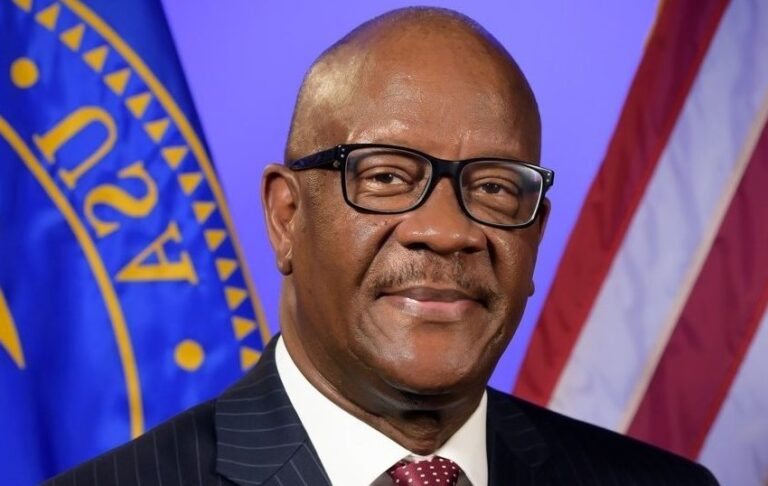By Alusine Fullah
Health centers advance the well-being and equity of underserved populations. Because of their mission to provide access to healthcare services regardless of one’s ability to pay, CHCs offer valuable aid to those who may not receive it otherwise.
The public health worker’s goal in community-focused care is to enhance healthcare services and patient outcomes in targeted populations. By applying public health theory on a local, personalized level, community health providers can cater services to a specific demographic and bring a sense of wellness to communities that would otherwise lack proper access to care.
Community health programs address disparities by ensuring equitable access to health resources. Such disparities include living in an isolated rural area with limited healthcare providers or being unable to afford health insurance. Community health centres often serve as the primary care provider in communities where health equity is limited by socioeconomic factors.
Community health is the collective well-being of community members. In addition to living in the same neighbourhood or region, these populations often share health characteristics, ethnicities, and socioeconomic conditions.
For instance, some low-income communities might experience high obesity rates due to limited availability of nutritious foods in local grocery stores. This places them in an area commonly known as a food desert.
In addition, a population might be exposed to contaminants from a nearby plant or waste facility. Community health programs improve access to preventive health care services, engage citizens in care decisions, and seek out lower medical costs.
The goal of a community health provider is to offer comprehensive services that grant communities direct and immediate access to essential resources, including medical, dental, pharmacy, and mental health care. By educating area residents on what resources are available and giving them the tools to access care, public health workers empower people to take control of their own health.
Community public health initiatives focus on identifying specific geographic areas with high levels of need and helping those communities overcome barriers to living healthier lives. Community members’ average lifespans can differ by 20 to 30 years based on inequities that restrict access to healthy food, affordable health care, and mental health support, according to the American Public Health Association.
About half of Sierra Leoneans suffer from chronic health conditions. Many do not get proper care due to socioeconomic factors beyond their control. An elderly diabetic without a driver’s license and no family nearby, a pregnant woman with toxaemia living more than 50 miles from a hospital—both are at high risk in a medical emergency. This makes community health resources all the more important.
In a nation with abundant resources and advanced health-care technology, community health enters offer everyone access to care. No one is turned away from these centres, including patients with Medicaid and those without insurance.
For example, in communities like Lungi and Kenema patients of all ages can have their medical and dental needs met at one of the eight locations of the Centre for Family Health. The main facility in Jackson has providers for women’s health (including prenatal care by board-certified obstetricians and gynaecologists), family medicine and paediatrics and offers behavioural health services, a pharmacy, a walk-in clinic and lab and X-ray services. A dental clinic is available across the street and other locations throughout the county.











